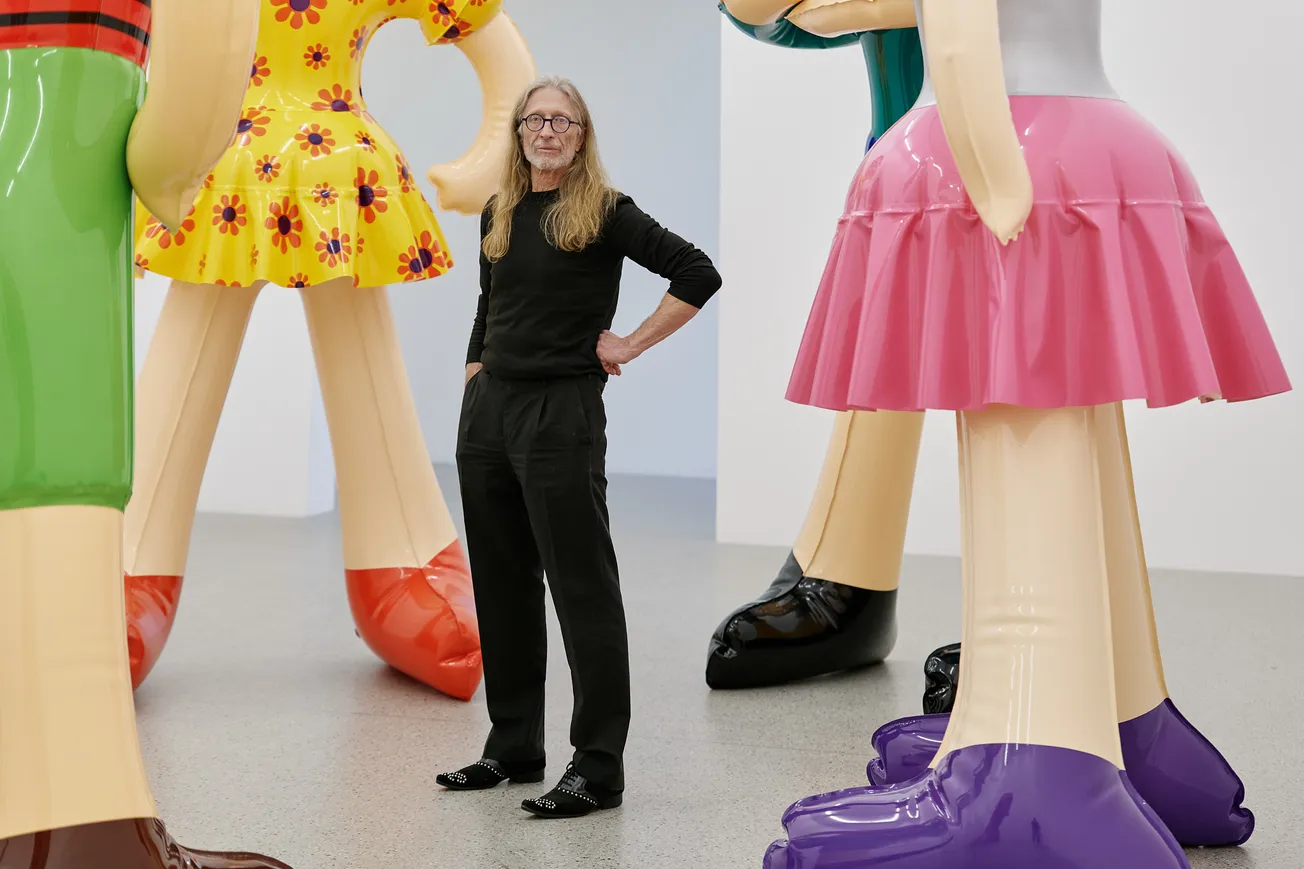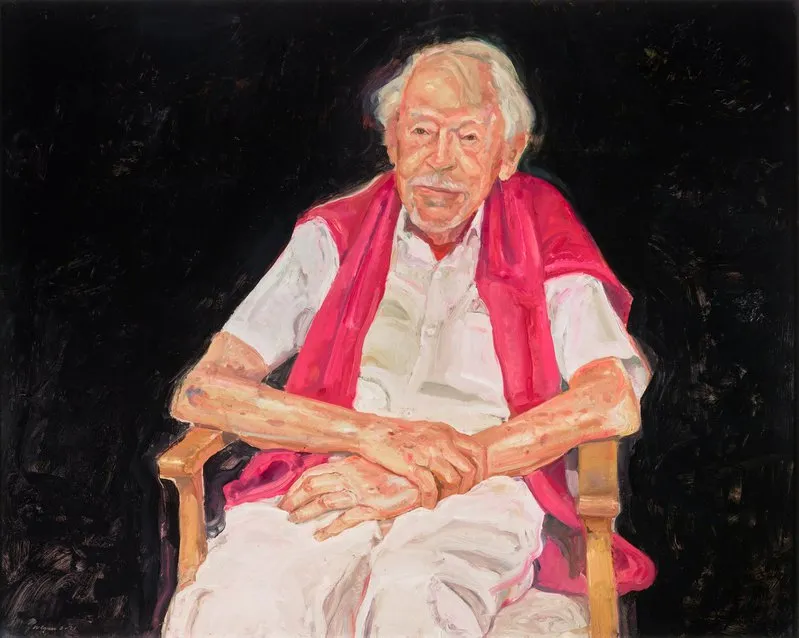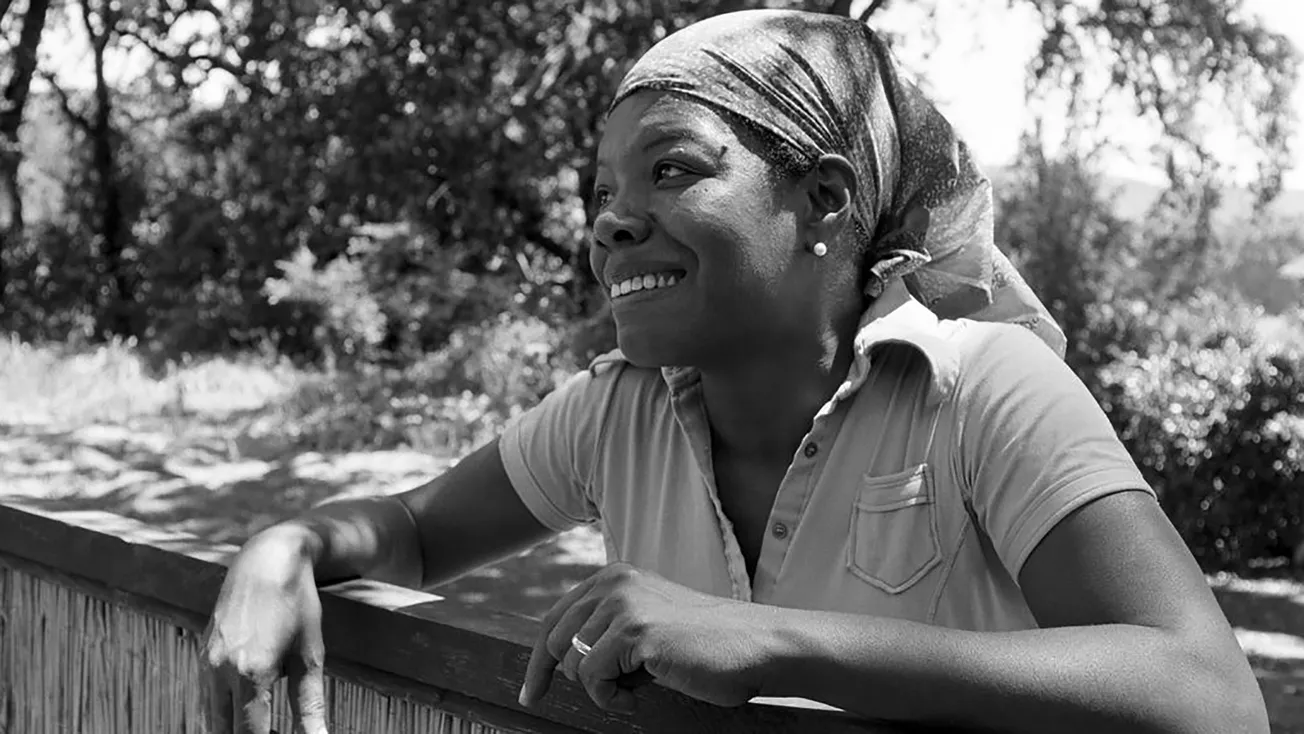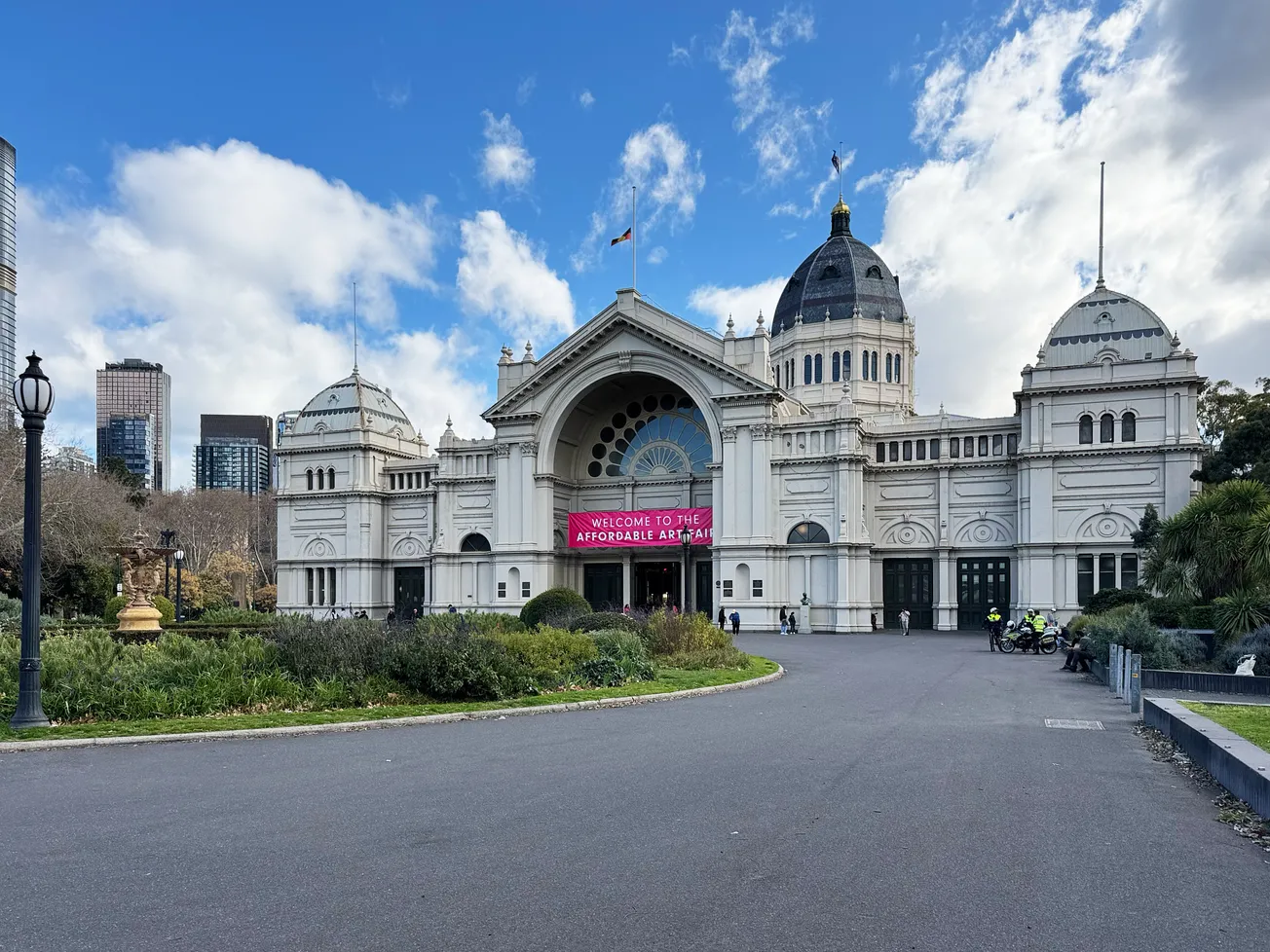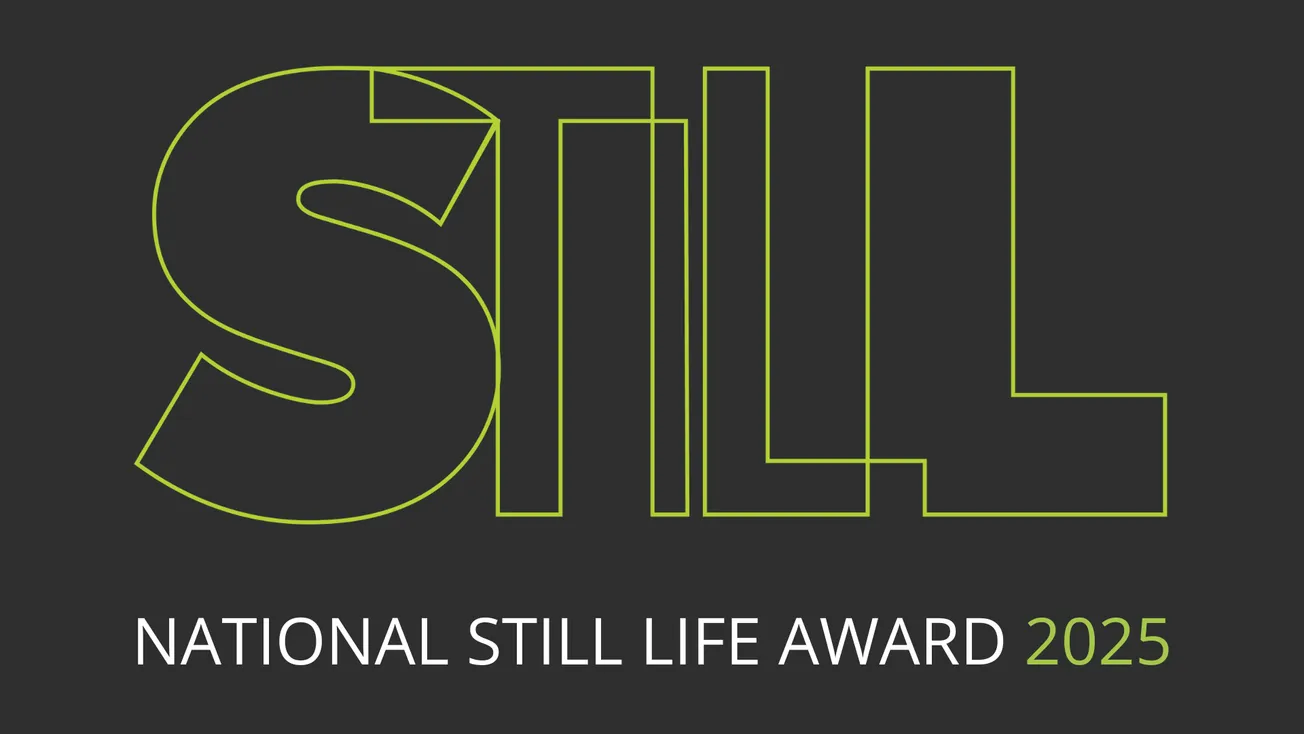Table of Contents
Blow & Epoch - Christopher Langton & Ry David Bradley
The Lyon Housemuseum, a unique architectural marvel that blurs the lines between private residence and public gallery, currently hosts a compelling exhibition featuring the works of two prominent Australian artists, Christopher Langton and Ry David Bradley. This dual presentation offers a fascinating dialogue between distinct yet surprisingly complementary artistic practices, all within the intimate and deeply personal context of the Housemuseum’s curatorial vision. As Corbett Lyon, the architect and co-founder of the Housemuseum, elucidates, this exhibition is not merely a display of art but a testament to a long-standing commitment to Australian artistic talent, a thoughtful exploration of contemporary themes, and a unique model of patronage.
Christopher Langton, a stalwart of the Australian art scene known to the Lyons since 1995, has consistently pushed the boundaries of sculpture. His practice, as Corbett notes, demonstrates a profound commitment, evolving from early inflatable works to his more recent, highly resolved hard sculptures. Langton’s seminal 1995 show, “This is Not a Lifesaving Device,” introduced the Lyons to his playful yet often unsettling large-scale inflatables, many of which are now featured in the current exhibition. Langton reveals the technical ingenuity behind these works, born from a desire to translate the faceted, low-resolution characters of early video games into physical, monumental forms. The challenges of sourcing materials and the sheer problem-solving involved in creating such large, yet deconstructible, sculptures underscore his dedication. His recent “polyps” series, described as “biomorphic forms” that are initially 3D printed and then meticulously hand-finished to a smooth, seductive shine, further exemplify his ongoing exploration of scale, form, and the tactile quality of sculpture. Langton’s work, whether inflated or hard-edged, possesses an intriguing blend of the playful and the profound, challenging perceptions of scale and form, often with a subtle, underlying current of unease.
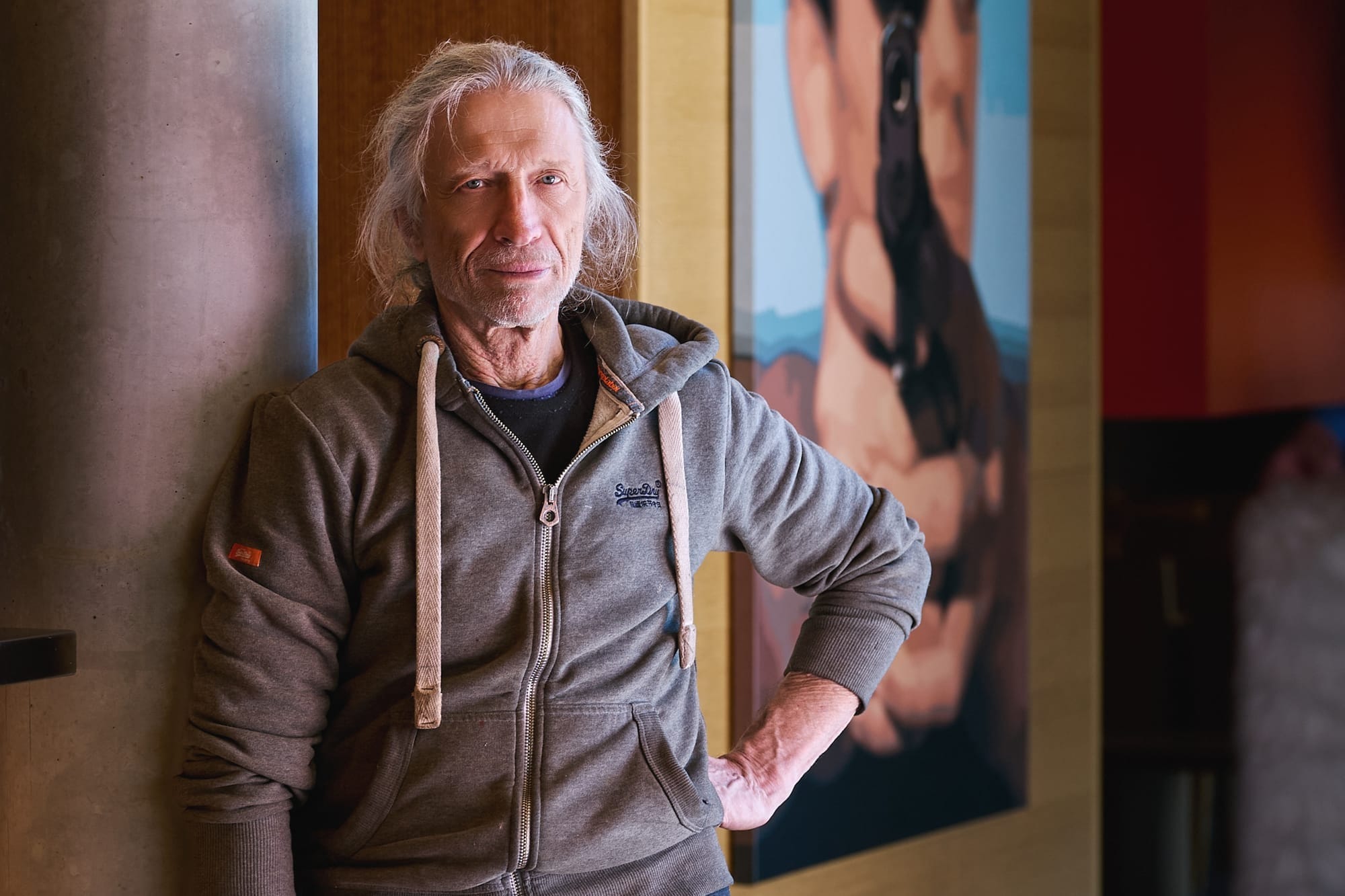
Ry David Bradley, a more recent addition to the Lyon Housemuseum's repertoire, brings a contemporary lens to the exhibition with his series titled “Epoch.” Fresh from stints in Paris and London, Bradley's work directly confronts the question of what painting signifies in the 21st century. His innovative approach combines digital imagery with traditional painting techniques, creating a "hybridisation" that seeks to bridge the virtual and the physical. As Bradley explains, his journey into this hybrid form was spurred by a 2019 commission for the Housemuseum's "Enter" show, which saw him create a large tapestry depicting the "Gilets Jaunes" protests in Paris. The 4K resolution of the live broadcasts, he recalls, made the chaotic scenes resemble Renaissance paintings, sparking his inquiry into how high-resolution digital media can inform and redefine painting.
The five monumental paintings in "Epoch" directly reference current global events, from the pandemic's aftermath to ongoing conflicts, capturing the pervasive sense of chaos in the world. Bradley's breakthrough, he shares, was embracing the "floating" quality of physical elements on a flat digital surface, intentionally inverting what is "real" and what is "not." His fascinating theory of "inversion" – experiencing the simulation before the real, as in hearing classical music first through a Commodore 64 chip – underpins his belief that the digital can lead one back to the physical. While acknowledging the enduring trust placed in physical art forms like bronze and oil paint, Bradley asserts his commitment to a hybrid approach, acknowledging that he "can't fully be on one side of the fence or the other."
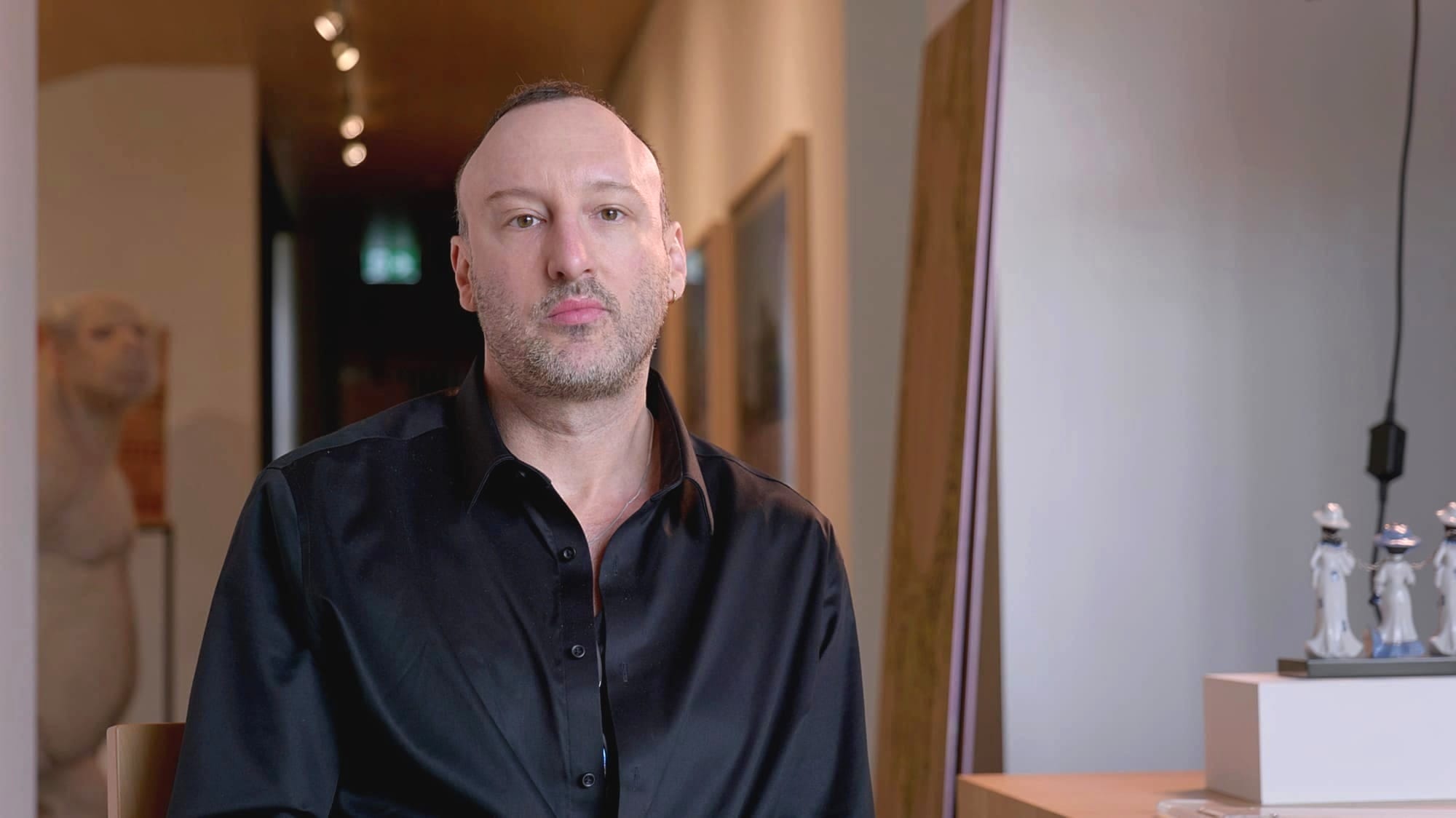
The Lyon Housemuseum itself is central to this exhibition's narrative. Conceived in the mid-2000s by Corbett Lyon to house a burgeoning art collection and a growing family, it is a uniquely designed building that seamlessly integrates living spaces with art display areas. As Corbett explains, the intention was always to eventually transfer the Housemuseum into public ownership, a vision realized in 2023 when the family moved out and the institution began operating under a dedicated foundation. This public bequest, detailed in a precise indenture document, mandates that no works can be deaccessioned and that the collection will cease acquiring new pieces after 35 years. This unusual, finite nature of the collection, as Corbett points out, offers a personal "I" – a specific reflection of the Lyons' taste and journey – for visitors to engage with. A core tenet of the Lyon Housemuseum's collecting philosophy is its unwavering support for Australian artists. This commitment, active since day one, prioritizes artists born in Australia or those who have established their principal work here, fostering deep relationships with figures like Patricia Piccinini, Tim McGuire, and, of course, Christopher Langton and Ry David Bradley. The Housemuseum's role extends beyond acquisition; it actively supports artists by showing their work, providing a vital platform that many artists find lacking in larger public institutions where works are often relegated to storage. Indeed, the exhibition with Langton and Bradley marks a rare instance where the Housemuseum has directly supported Ry in the production of his works for the show, highlighting their commitment to fostering new creations.
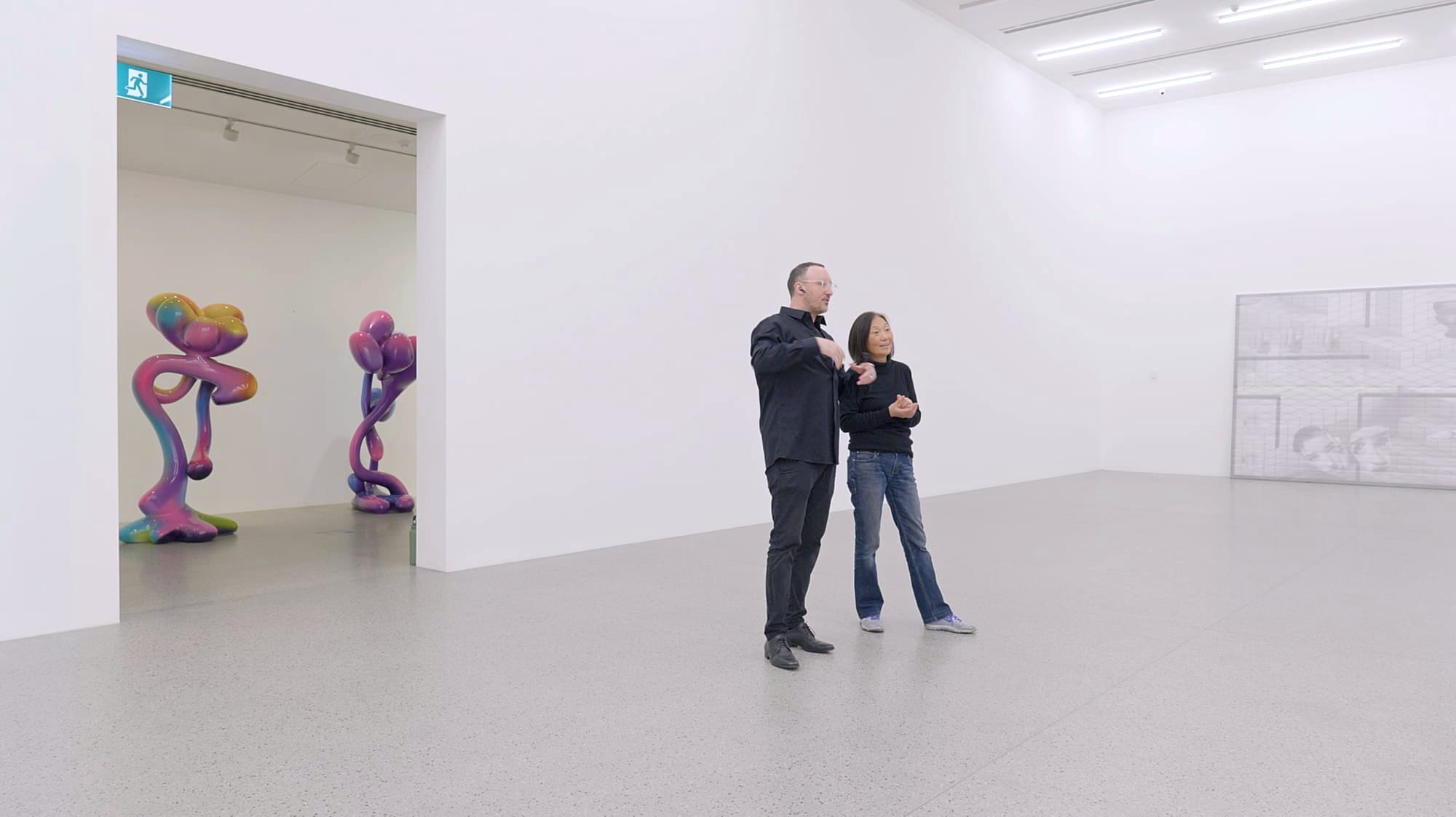
The exhibition’s unusually long run is another deliberate choice by the Housemuseum. Unlike typical gallery rotations, this extended period allows for deeper engagement with the works and encourages repeat visits, aligning with the Housemuseum's ethos of fostering a sustained relationship between art and audience. The pairing of Langton and Bradley, envisioned by Corbett, has proven to be an inspired choice. Their seemingly disparate practices, one deeply rooted in the physicality of sculpture and the other in the ethereal realm of the digital, find common ground in their shared exploration of contemporary existence and the evolving nature of artistic creation. Langton’s large-scale, tactile forms, often drawn from the pixelated world of video games, surprisingly resonate with Bradley’s hybrid paintings that blend digital imagery with physical paint, each artist, in their own way, grappling with the interplay between the real and the simulated.
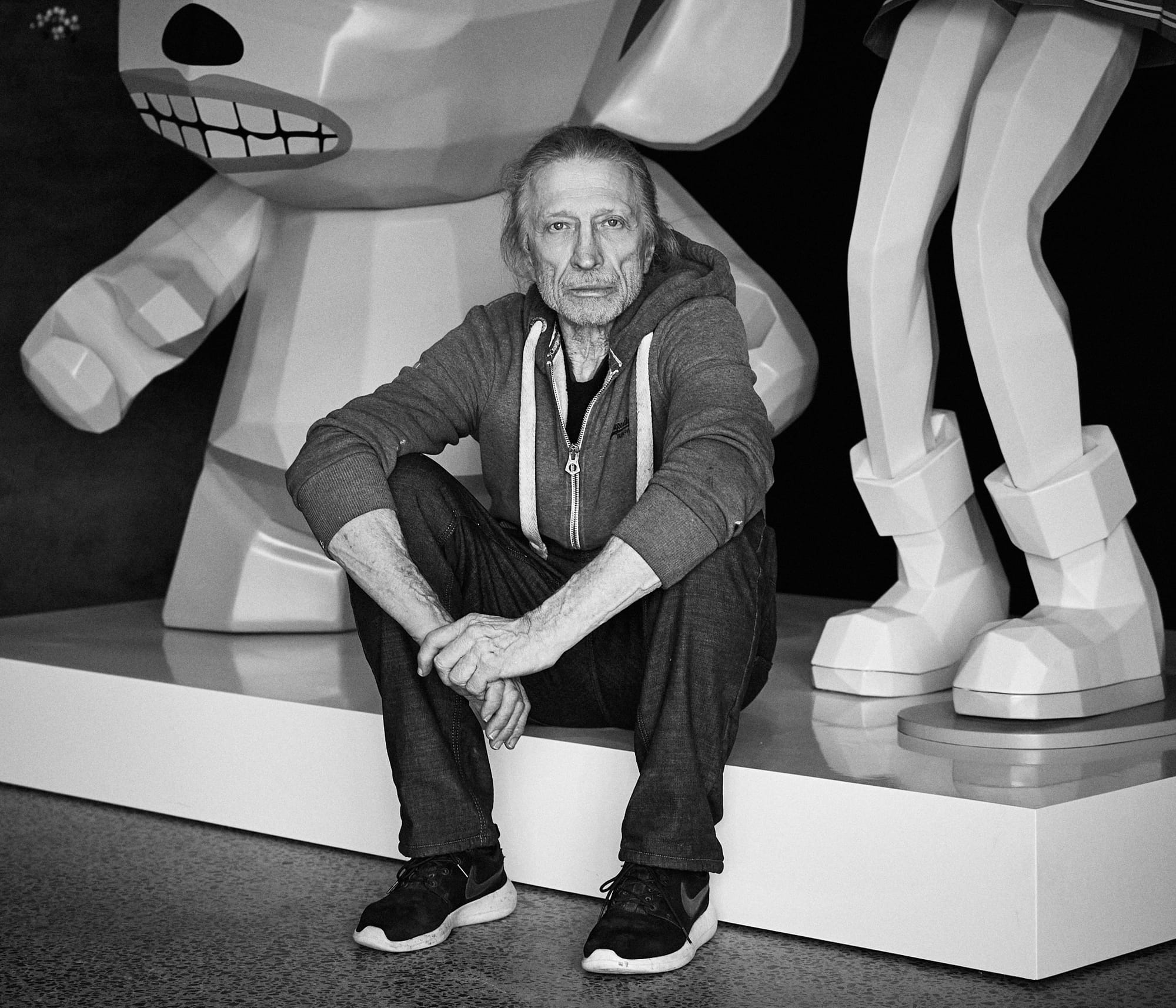
This exhibition is more than just a display; it's an invitation to engage with art that reflects and questions our current reality. It’s an opportunity to witness the evolution of artistic practice, to appreciate the enduring power of patronage, and to experience a truly unique architectural and curatorial vision. The Lyon Housemuseum offers a rare and intimate encounter with significant Australian contemporary art, presented in a way that feels both grand and deeply personal.

Don't miss the chance to experience this compelling dialogue. The Lyon Housemuseum Galleries are open to the public from Thursday to Sunday, 12pm - 4pm. Plan your visit to immerse yourself in this remarkable artistic conversation.
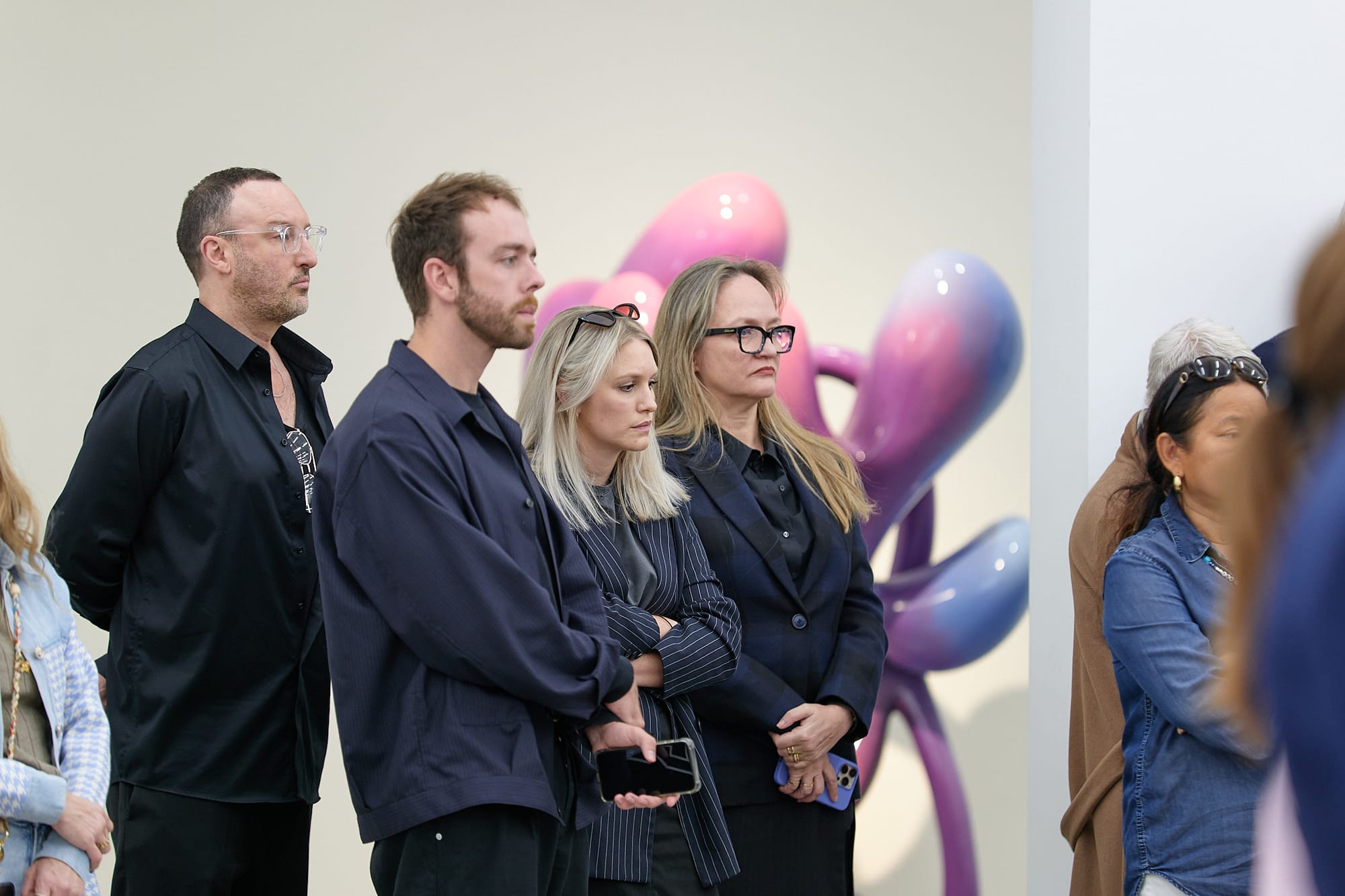
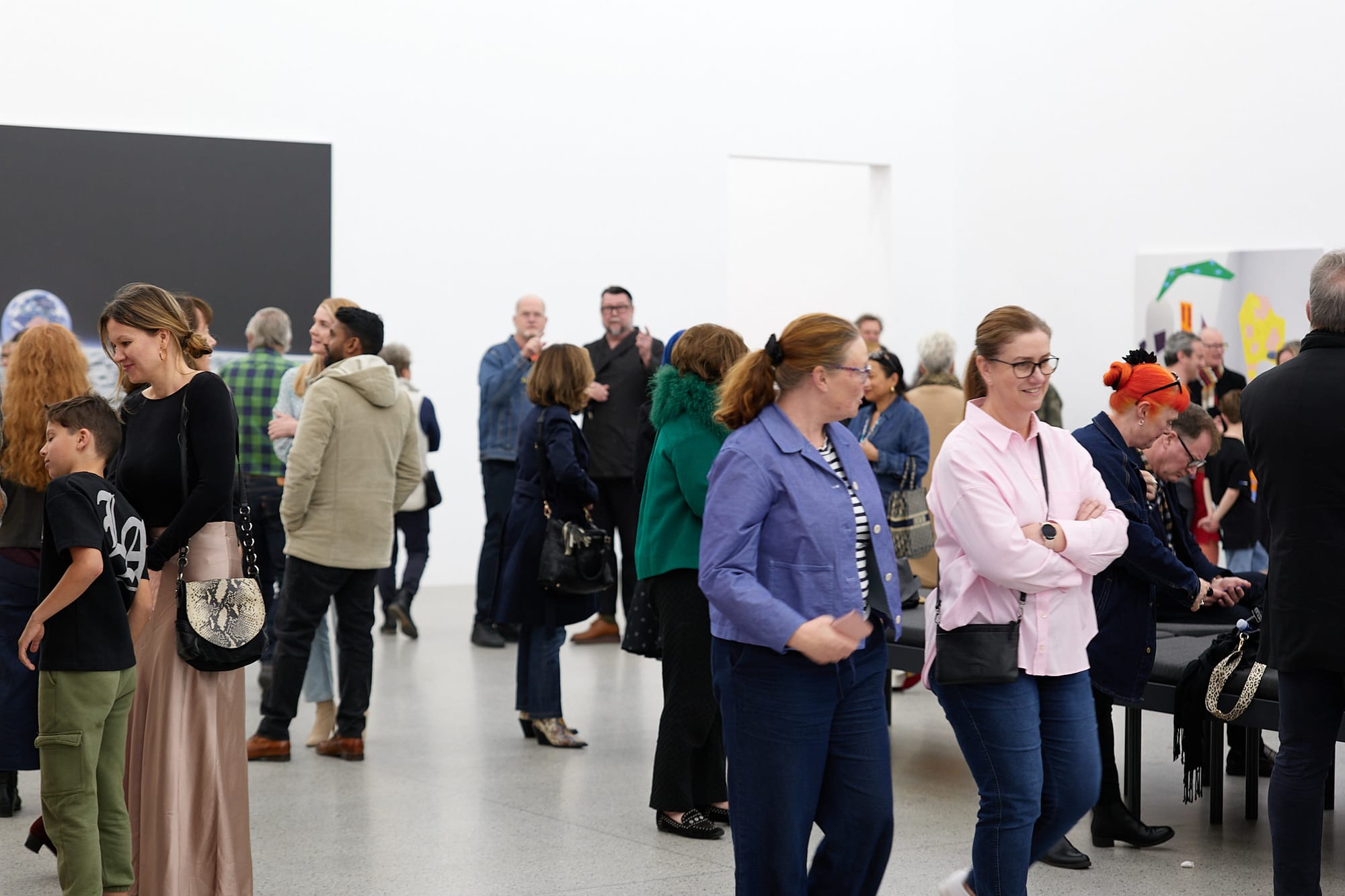
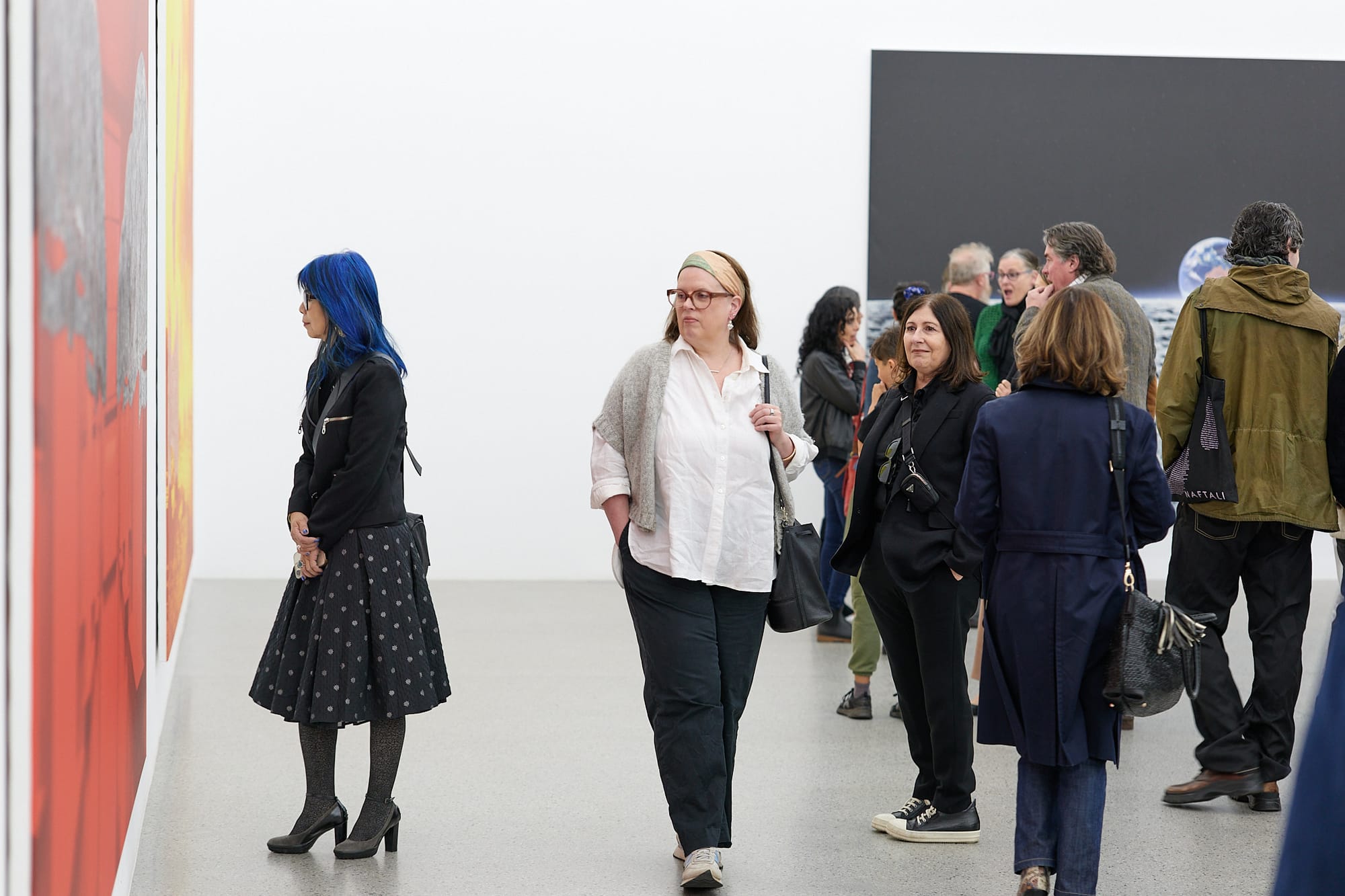
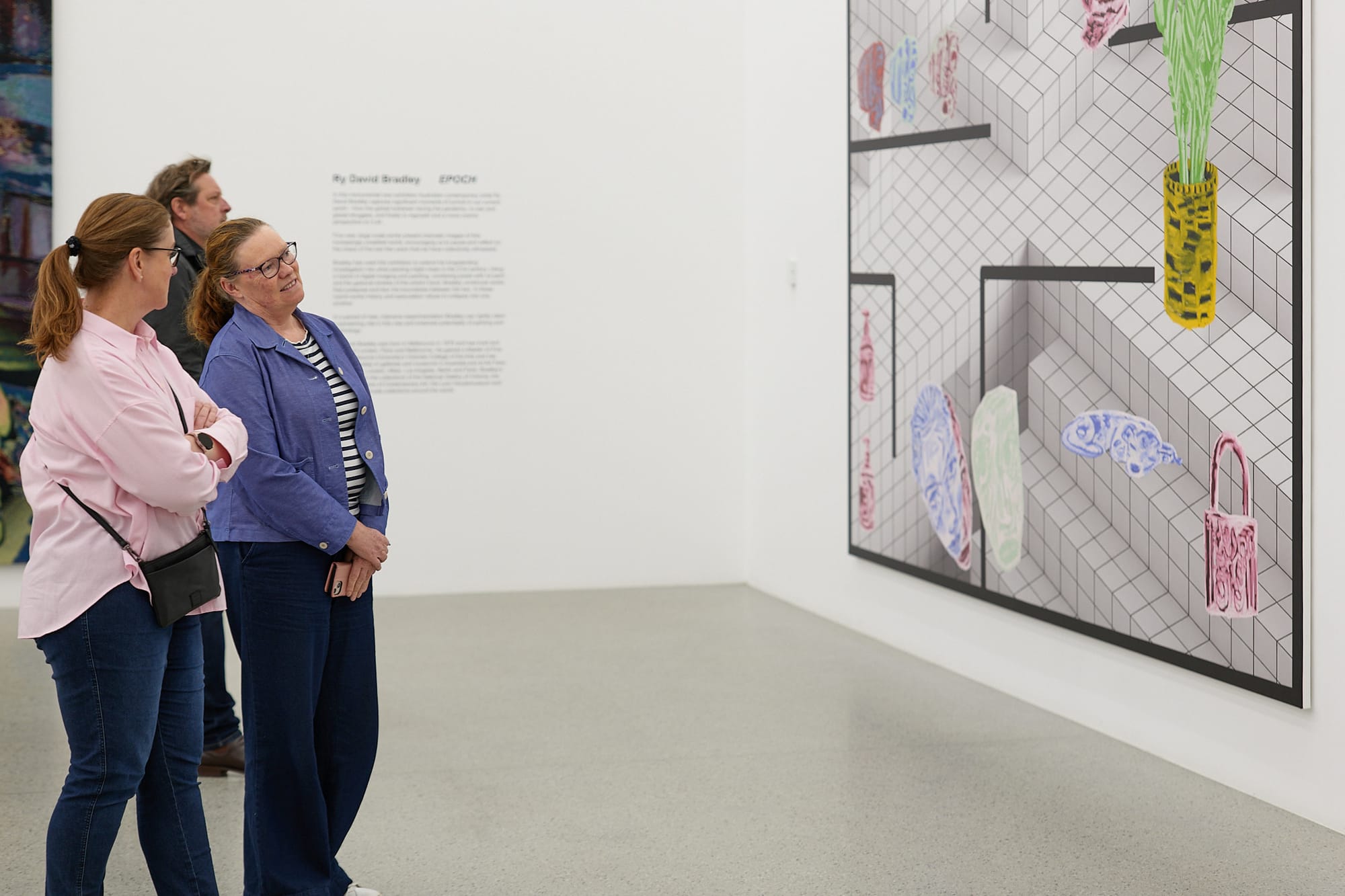
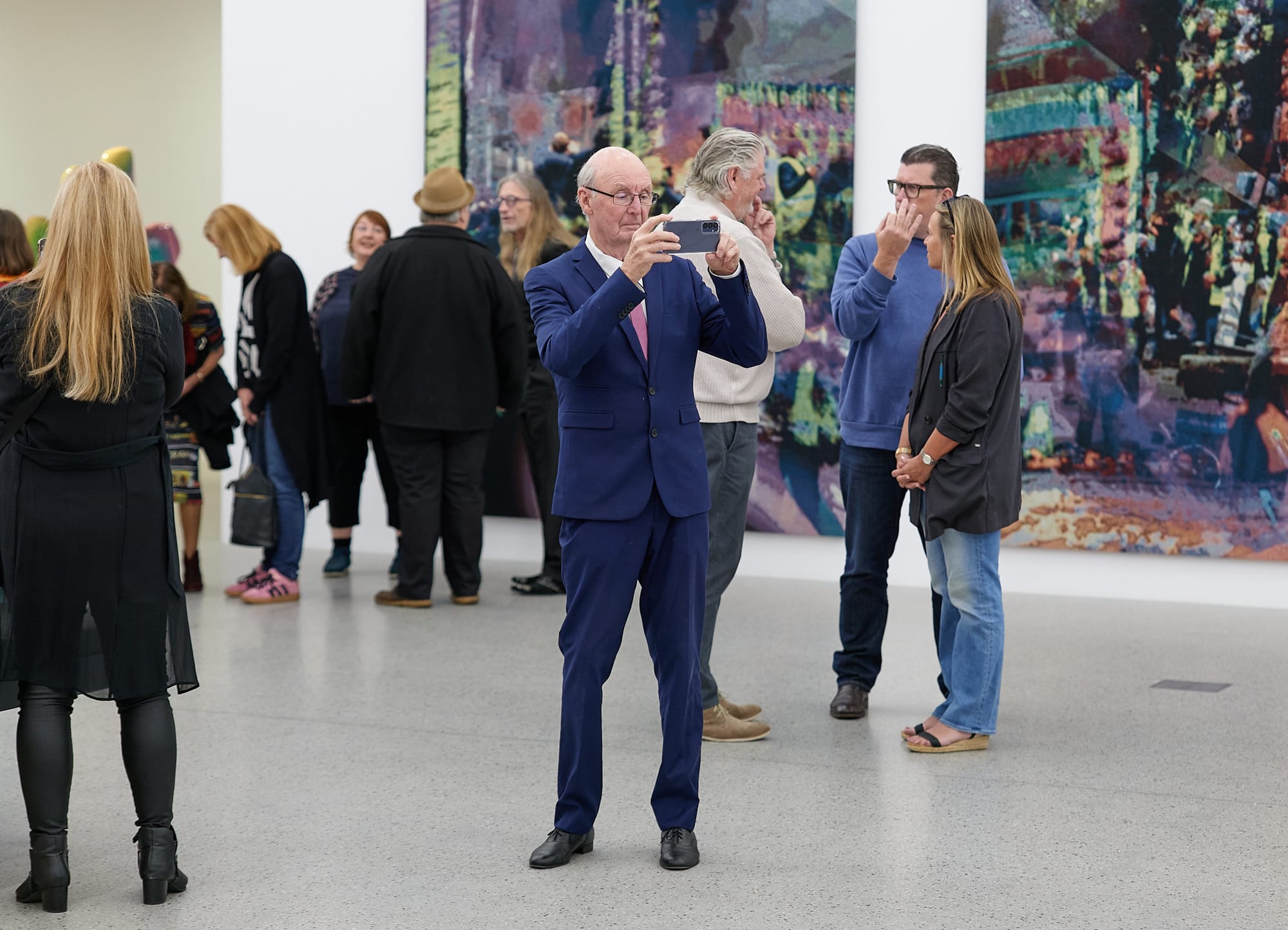
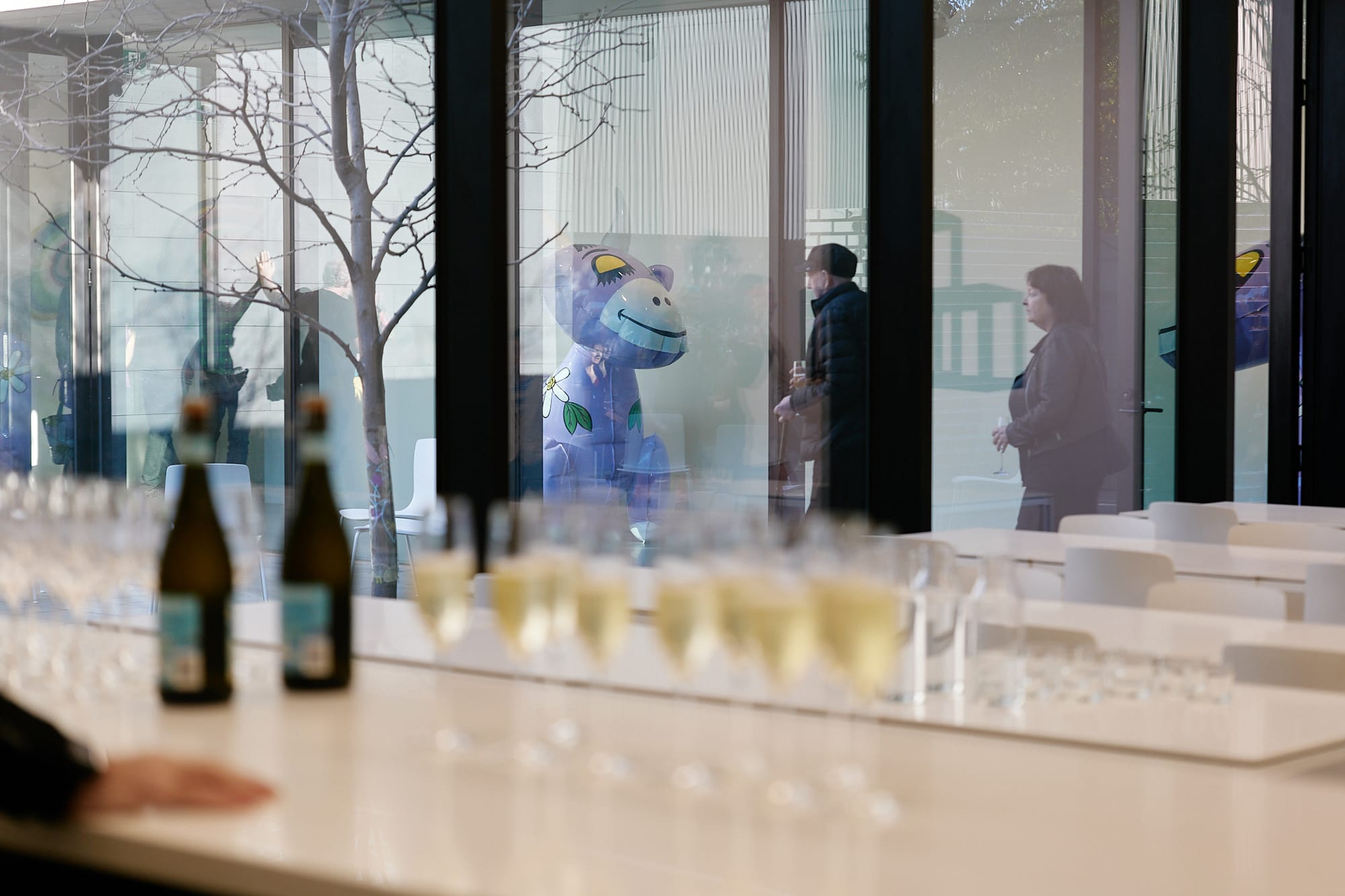
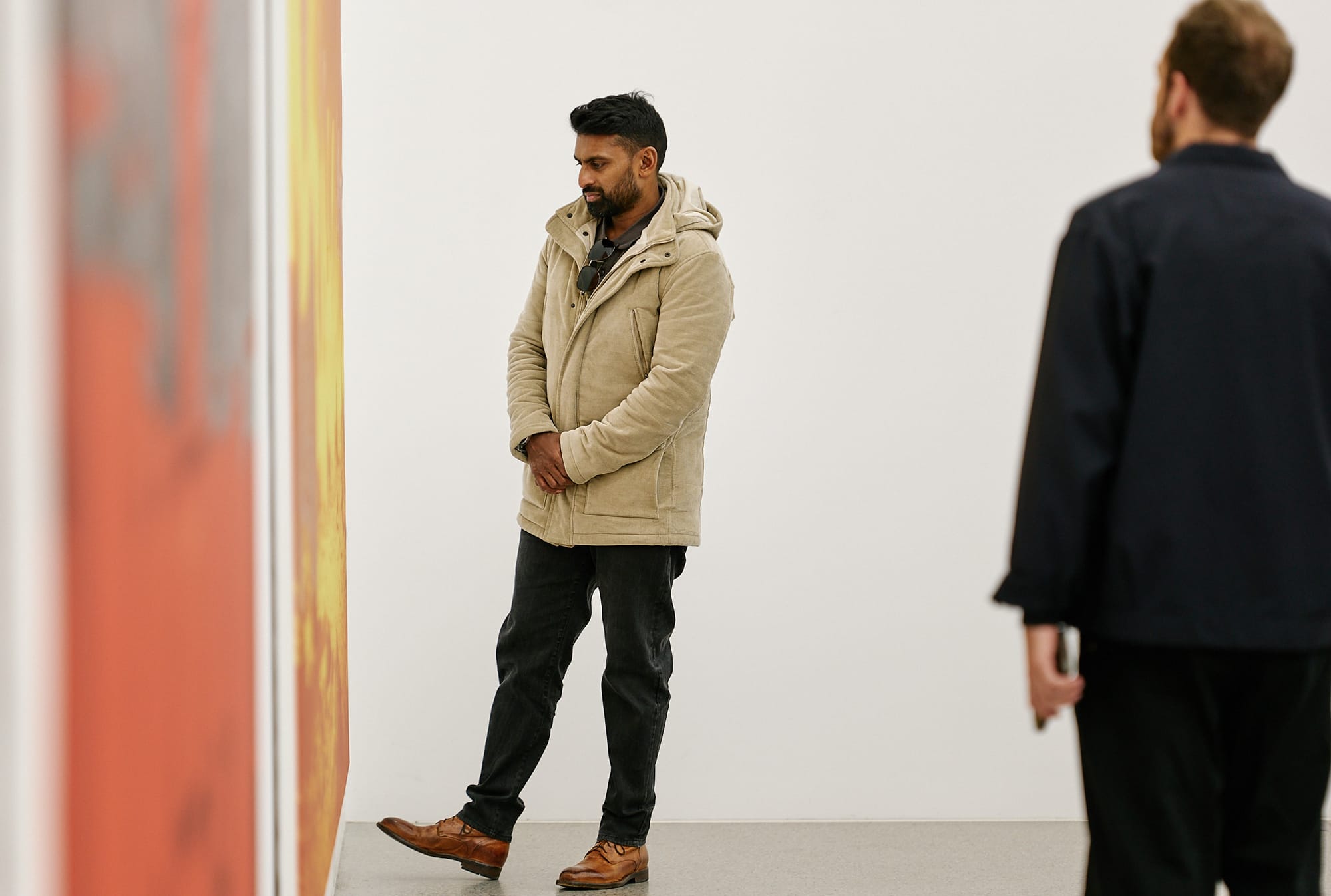
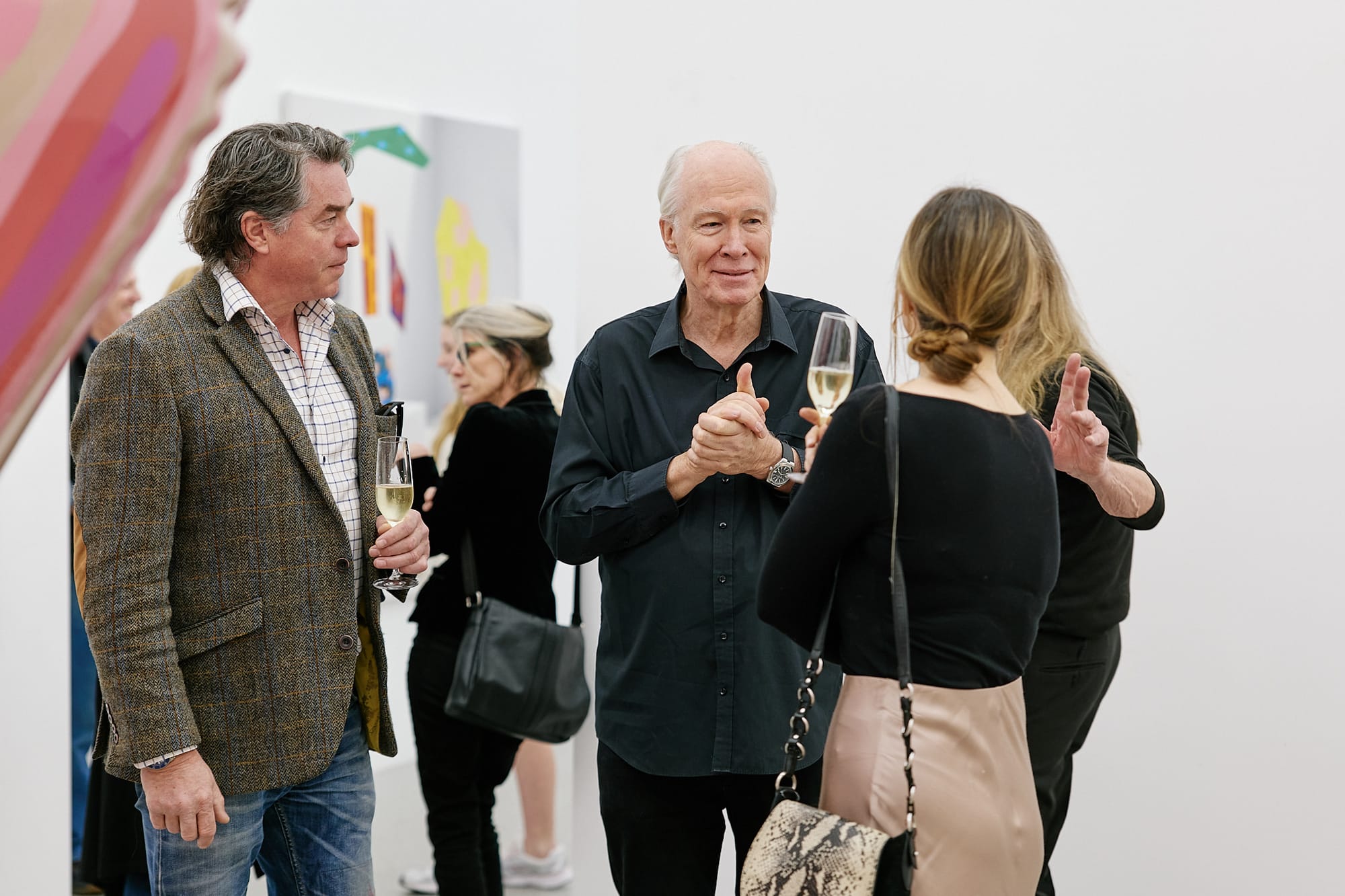
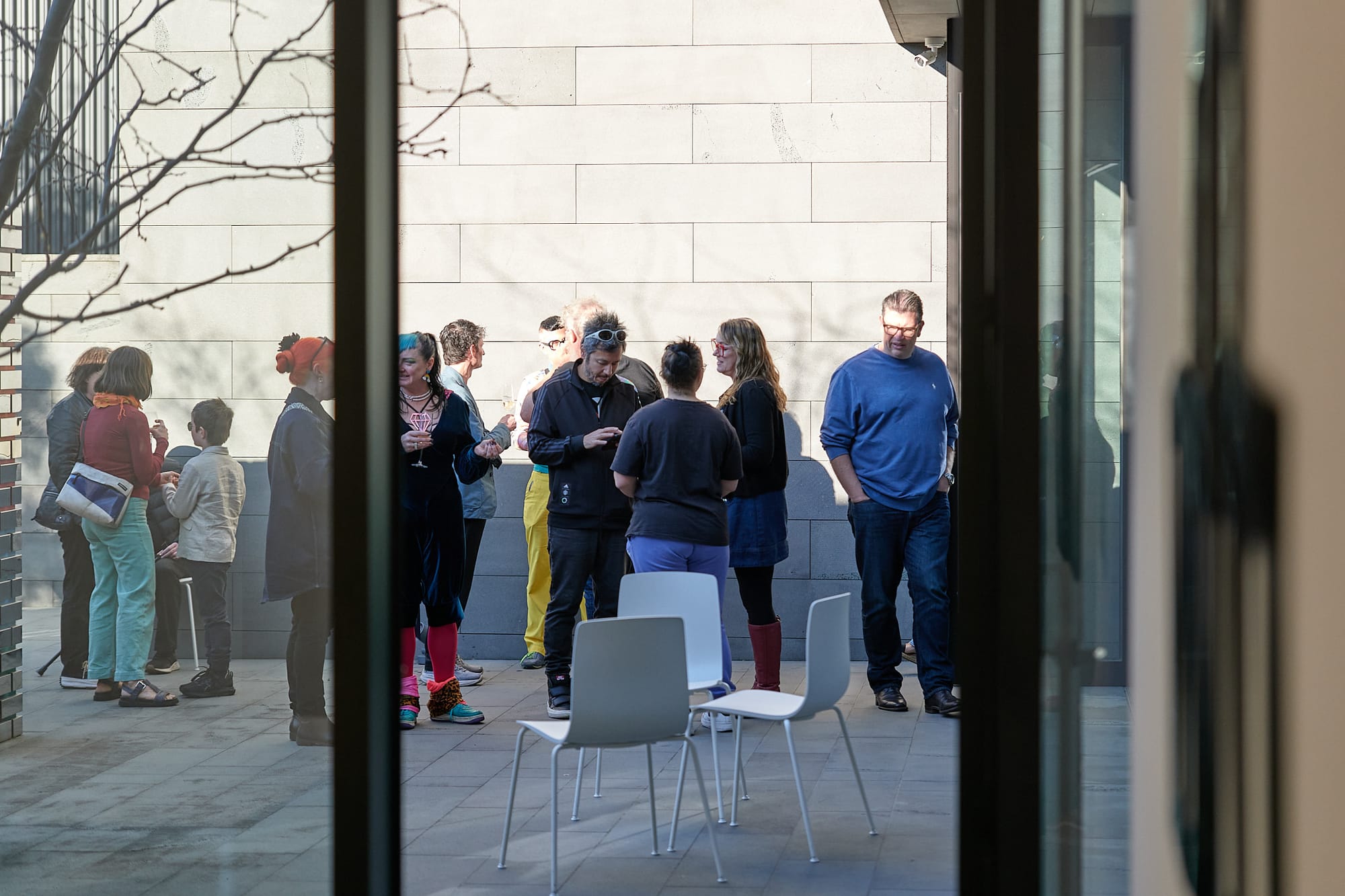
Blow & Epoch opening 20th August 2025. © Peter M Lamont

